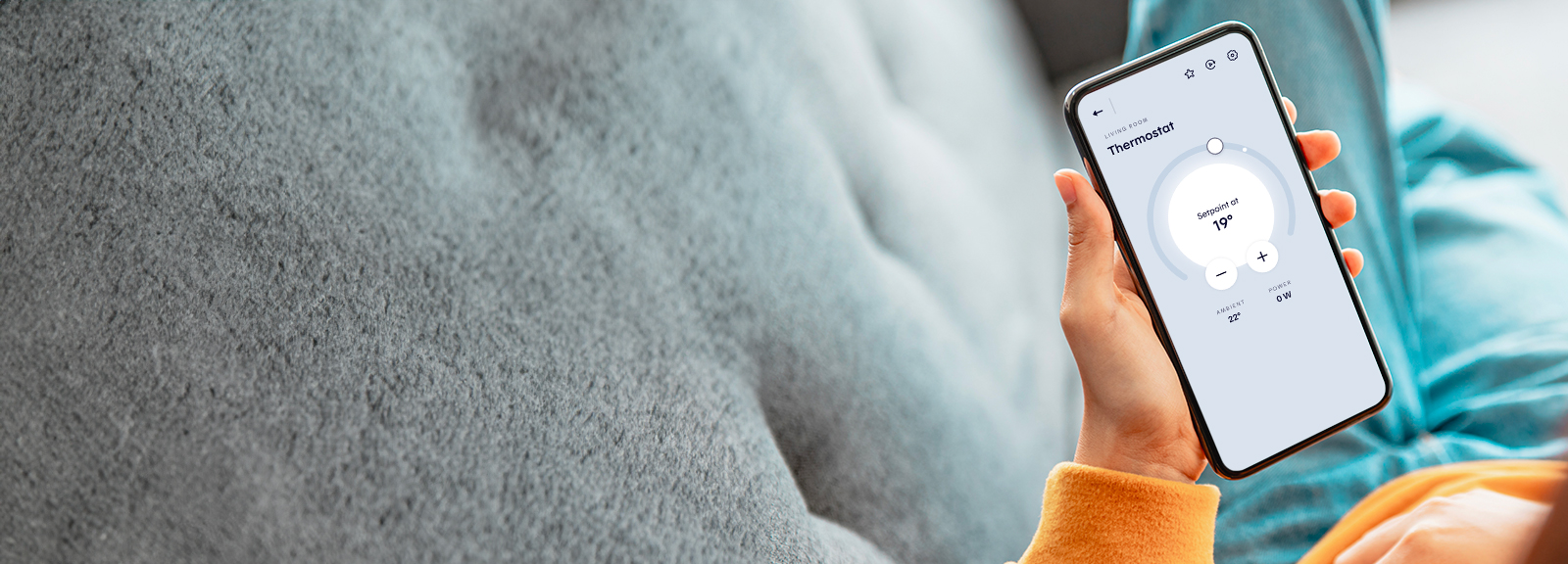Electricity: Should we generate more or use less?

What if we told you that electricity demand is skyrocketing? It doesn’t come as much of a surprise, does it? Thanks to Québec’s decarbonization goals, green energy has gained in popularity. And this is just the beginning. Faced with this increasing demand, how can we guarantee an adequate and sustainable supply for everyone? We are at a turning point. Should we generate more electricity or use it more responsibly? The answer is to strike a delicate balance between both approaches.
Should we generate more electricity or use less? That is the question...
Québec is currently generating more electricity than ever before. Faced with a sharp rise in electricity demand, Hydro‑Québec must increase its energy generation. In fact, by 2050, electricity demand is expected to double in Québec. To meet the demand, Hydro-Québec plans to add 60 TWh of electricity by 2035, or between 8,000 and 9,000 MW of power. That’s on par with the installed capacity of three of our largest hydropower facilities: Robert-Bourassa (LG-2), Manic-5 and the Romaine complex. In other words, to meet future needs, Hydro‑Québec will need to create the same capacity as that generated by those massive facilities.
One solution would be to build more generating stations and generate even more electricity. But there are also other sources of clean energy. For instance, Hydro‑Québec plans to add 10,000 MW of wind power by 2035.
However, increasing power generation cannot be the only solution. In the context of the energy and economic transition, we are collectively aware of the fact that our electricity is an even more precious resource. We need to learn how to use it as wisely as possible. How? By using less electricity, especially during peak hours. Smart electricity use habits are the key to ensuring that each person and organization in Québec benefits from sustainable access to electricity.
Small actions can make a big difference
Lowering the temperature setting by a degree or two. Opting for energy-efficient appliances. Taking shorter showers. Such simple actions may seem insignificant. But that’s not true!
The figures speak for themselves. Since 2003, these simple actions have helped save over 13 TWh of electricity. That’s the average annual consumption of 720,000 households, or the equivalent of the combined populations of the cities of Québec and Laval.
Quebecers’ energy efficiency efforts have already borne fruit, surpassing our 2020–2022 energy saving objectives by 20%. That’s an impressive collective achievement!
These figures demonstrate that every little bit helps. Think of each action as a drop of water in the ocean. Alone, each drop may seem insignificant, but together they can form powerful waves.
Potential electricity savings
Let’s be honest: Québec’s goals are ambitious. To attain the objectives of the energy transition, Hydro‑Québec has calculated that by 2035, we must collectively shave off 3,500 MW of capacity from our consumption. That’s more than the combined capacity of Manic-5 generating station and the generating stations of the Romaine complex.
The good news is that, by taking action, Québec society can make impressive savings. If we look into the not-too-distant future, we can imagine that all Québec households and businesses have adopted responsible electricity use habits. Together, how much clean electricity could we free up by 2035? Up to 21 TWh. That’s huge!
So how do we go about it?
The most environmentally friendly energy is still the energy we don’t use. There are many ways to save energy on a daily basis. Where should we begin? With heating and hot water, which account for 50% and 20%, respectively, of an annual electricity bill.
Use less electricity
- Put an end to air leaks and drafts, which can account for up to 25% of the heat that escapes from your home. To improve the situation without spending a fortune, simply apply caulking to the windows and other openings before winter.
- Lower the temperature setting by one or two degrees during winter. You’ll save 5% to 7% on your heating costs.
- Take short showers instead of baths. Even better, shorten your showers by one minute.
Use electricity at the right time
During winter peaks:
- At the beginning of a peak demand event, lower the temperature by at least 2°C in every room of your home.
- Postpone the use of hot water, if possible, so that the water heater is not operating when demand is high.
- Avoid using major appliances, such as the washing machine and the oven. Take advantage of the peak demand event to cook using your small appliances, such as the slow cooker, microwave or air fryer.
- Schedule a time to charge your electric vehicle. Program your EV to charge at night.
With Rate Flex D, the Winter Credit Option and Hilo![]() , you will not only save, but you can
also earn cash rewards or a credit on your bill.
, you will not only save, but you can
also earn cash rewards or a credit on your bill.
Generate more and use less: A winning combination
Ensuring electricity availability is not a question of choosing between generating more clean energy or using less. In fact, both must be done at once, a solution that can be achieved if we all work together.




